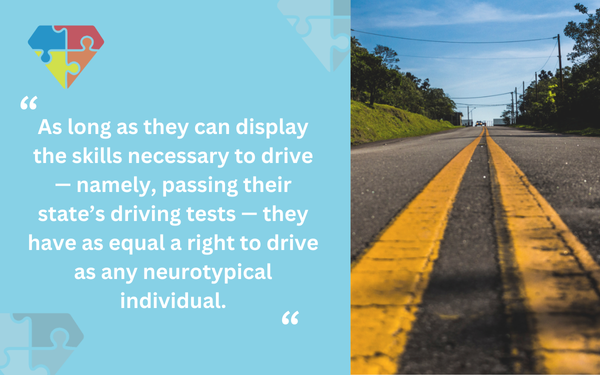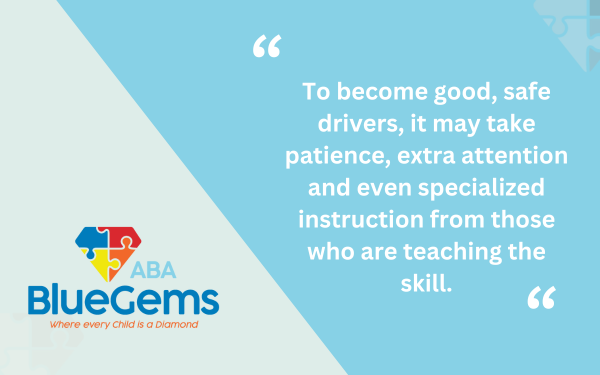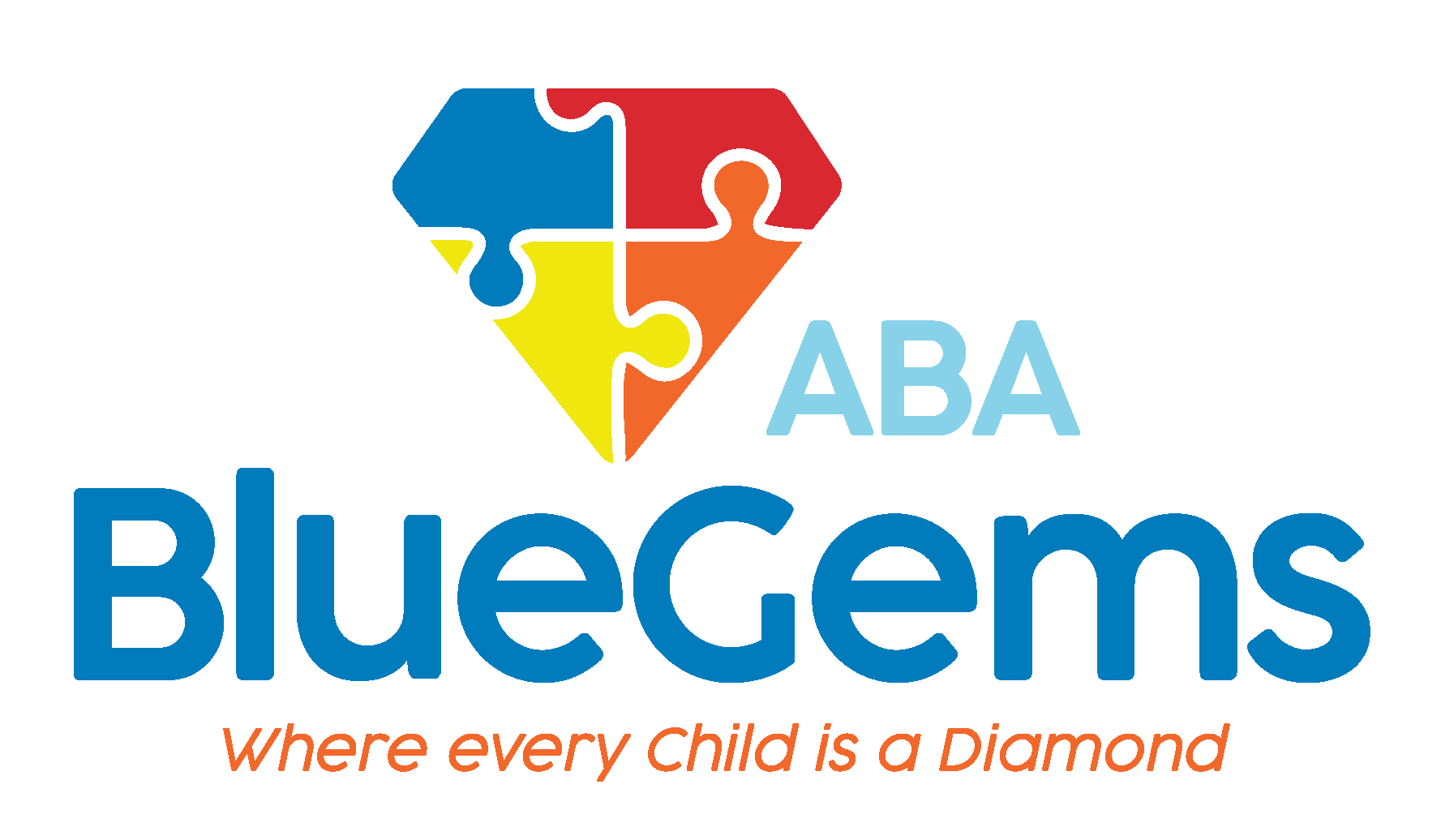Can People with Autism Drive?
There are, unfortunately, a lot of negative stigmas that still surround people who have disabilities. Those who aren’t educated or experienced may think that people with certain disabilities, such as autism spectrum disorder (ASD), can’t do things that many of us take for granted.
They may instantly think that a person on the autism spectrum can’t graduate high school, have a successful career, form meaningful relationships, have a family of their own, and live a happy and fulfilling life.
Of course, there are some people with autism who may struggle with many of those things as a result of their neurodevelopmental disorder. There are others, though, who are less affected by it and can do amazing things in this world.
One question that neurotypical people may ask is whether people with autism can drive. The quick answer is yes, but it comes with a few asterisks.
We’ll discuss the topic of people with autism driving in more depth below, shedding light on the fact that many people with autism can drive, even if they may face some challenges that other people don’t.
Table Of Contents
Can People with Autism Drive?
The first part of the answer to this question is that there is no law that prevents people with autism from driving. As long as they can display the skills necessary to drive — namely, passing their state’s driving tests — they have as equal a right to drive as any neurotypical individual.

That being said, not every individual with autism will be able to drive. Some who have more severe cases of autism may not have the physical and/or mental capacity to operate a car safely.
Those who do have the ability should be encouraged to learn to drive to foster independence, even if they have to learn how to overcome some challenges that others don’t.
What Challenges Do People with Autism Face When They Learn to Drive?
For those who have done it over and over again for years, it’s easy to block out all sensory inputs to drive safely.
You can adjust your seating position or use a windshield shade if the sun’s lights shine on you a certain way. You can respond safely to the screeching of tires or honking of horns. You can listen to music and even change the song and volume as you drive.
People with autism, though, may not be able to inherently do all of this easily. That’s because many people with ASD have sensory sensitivities.
If they smell a strong odor, see bright lights or hear loud noises, for example, they may experience sensory overload. This could cause them to feel overwhelmed, stressed and/or anxious.

Obviously, if this were to happen while they were driving, it could be extremely dangerous. People with autism, though, can learn how to process all of these sensory stimuli in better ways, remaining confident and calm, for instance, if something unexpected happens while they’re driving.
People on the autism spectrum may also face challenges with coordination and/or motor skills, mental flexibility, lower visual perception, general attention and multitasking. To become good, safe drivers, it may take patience, extra attention and even specialized instruction from those who are teaching the skill.
How Can People with Autism Prepare to Drive?
Luckily, people with autism will have many years to build and improve some of these skills long before they even reach legal driving age. This does emphasize, though, just how crucial it is to identify and diagnose ASD early and then start with intervention treatment plans.
Once a child is diagnosed with ASD, the best treatment plan for them is applied behavior analysis, or ABA therapy. This science- and evidence-based approach to learning and behavior helps children with autism build social, communication and daily life skills, while also learning how to modify certain behaviors.
ABA therapists can work one-on-one with patients, helping them to process information better, respond to what they’re processing in socially-appropriate ways and replace harmful behaviors with helpful ones.
Over the course of their treatment, they will be taught certain skills and supported in building others that directly relate to their ability to drive. As they grow older and get closer to driving age, they can even get targeted instruction and skill building to help them better prepare for being a safe driver.
Blue Gems ABA Helps Children with ASD Live Independently
Some people with autism can certainly drive, though they may have to overcome certain challenges that their neurotypical peers do not. That’s why early detection and intervention is so important, so that they can get the help and support they need from a young age.
At Blue Gems ABA, we support children on the autism spectrum, helping them build skills and modify behaviors that result in them living happy, healthy and independent lives.
To learn more, please contact us today.




